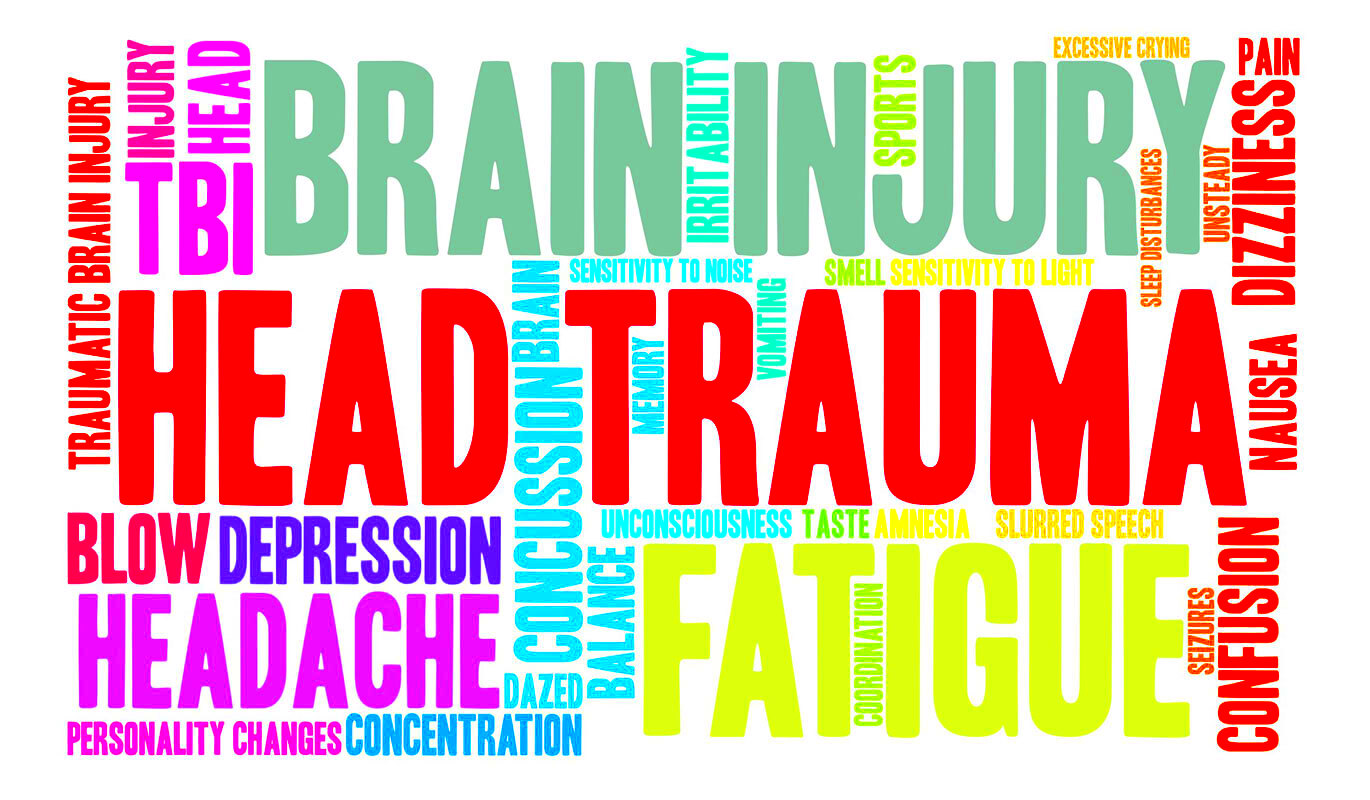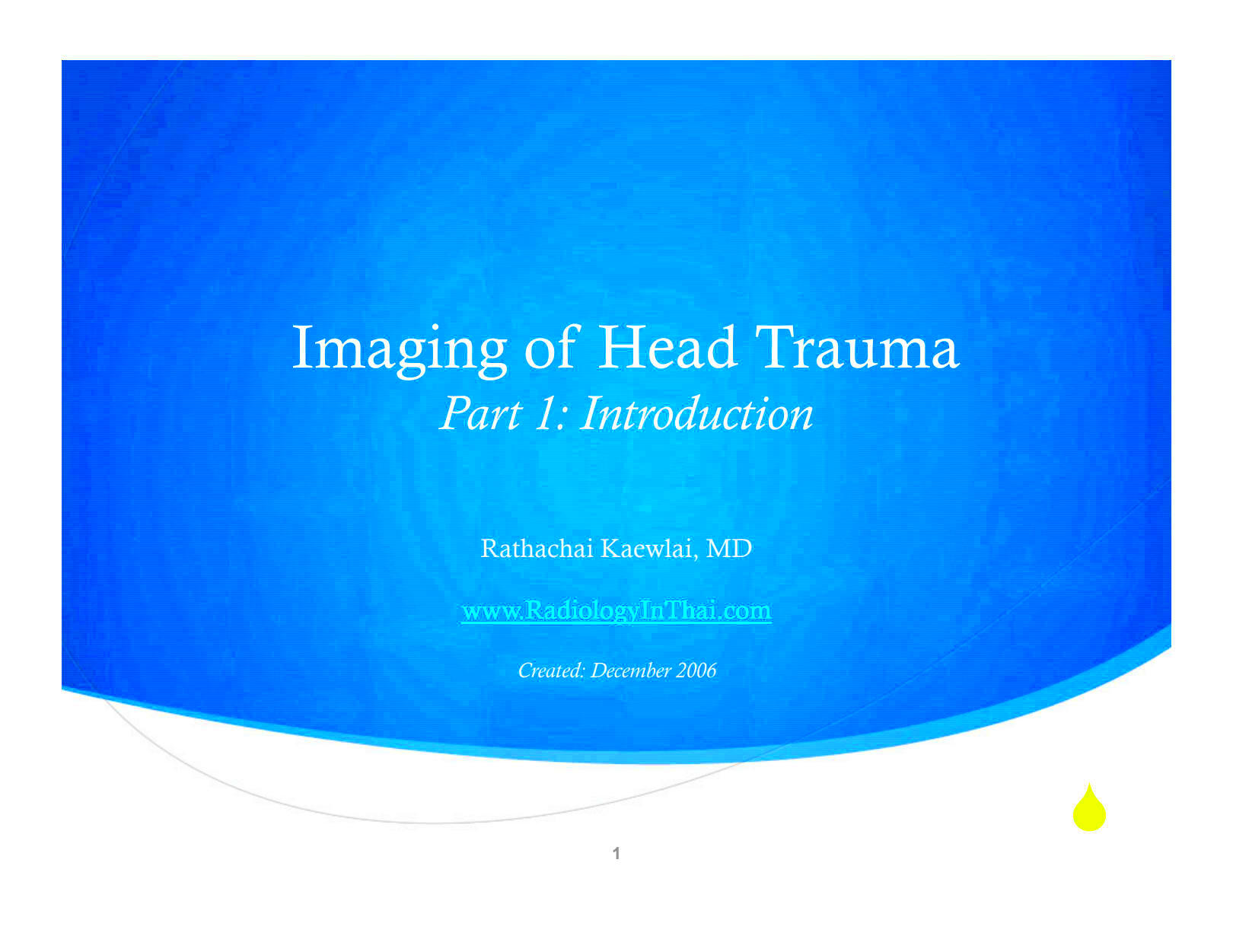Dealing with traumatic images can feel overwhelming, but understanding how to manage them is the first step toward healing. These distressing visuals often replay in our minds, making it difficult to focus on anything else. They can stem from accidents, violent experiences, or emotional distress. While the images may never fully disappear, there are ways to reduce their impact and reclaim your peace of mind.
In this guide, we'll walk you through practical steps to cope with traumatic images. You'll learn about different strategies, such as mindfulness and professional therapy, and how they can help you regain control of your mental health.
Recognizing the Impact of Traumatic Images

Traumatic images affect more than just your thoughts—they can influence your behavior, emotions, and overall well-being. For many, these images trigger strong reactions like anxiety, panic, or depression. They can also interfere with daily life, making it hard to concentrate at work, maintain relationships, or sleep soundly at night.
Here are some signs that traumatic images are taking a toll on your mental health:
- Flashbacks: Repeatedly experiencing the event as if it is happening again.
- Heightened Anxiety: Feeling on edge or overly stressed when certain triggers occur.
- Sleep Issues: Trouble falling asleep or nightmares related to the traumatic memory.
- Withdrawal: Avoiding people, places, or situations that remind you of the event.
Recognizing these signs early is key to starting the healing process. The more you understand how these images affect you, the better equipped you'll be to address them effectively.
Understanding the Root Causes of Traumatic Memories

Traumatic memories don't just appear out of nowhere—they often have specific causes and triggers. These memories are formed when the brain is exposed to highly stressful or dangerous situations, especially when the event is unexpected or leaves an emotional impact. Understanding the root causes of traumatic memories is crucial for finding ways to cope with them.
Several factors can contribute to the persistence of traumatic images:
- Severity of the Event: The more intense or violent the event, the stronger the memory can become.
- Duration of Stress: Ongoing trauma or long-term exposure to stress makes it harder to move past the memories.
- Personal Vulnerabilities: Past experiences or mental health conditions, such as anxiety or PTSD, can make the brain more sensitive to trauma.
- Lack of Resolution: If the trauma remains unresolved, the mind may keep reliving the images as a way of seeking closure.
By understanding these root causes, you can better address the trauma in a way that targets its underlying sources. Therapy and other treatments can help you process these memories and reduce their emotional charge.
Practical Strategies for Coping with Traumatic Images
Coping with traumatic images takes time and effort, but there are several practical strategies you can use to ease their emotional impact. The goal is to regain control over your thoughts and reduce the distress caused by these images. While these strategies may not erase the memories, they can help you manage your emotional response and start healing.
Here are some effective coping techniques:
- Grounding Techniques: These help distract your mind from the traumatic image and bring you back to the present moment. Simple exercises like focusing on your breath or counting objects in the room can be helpful.
- Journaling: Writing down your thoughts and feelings can provide an emotional release. It can also help you process your trauma in a safe, controlled way.
- Visualization: Imagining a peaceful scene or a place where you feel safe can shift your focus away from the distressing image.
- Self-Compassion: Be kind to yourself. Understand that coping with trauma takes time, and it's okay to experience setbacks.
These strategies may help you feel more grounded and reduce the emotional intensity of the traumatic images. It's important to practice them regularly so that when these images come up, you’re better prepared to handle them in a healthy way.
When to Seek Professional Help for Traumatic Images
While self-help strategies can be effective, there are times when professional assistance is necessary to manage traumatic images. If you find that your coping strategies aren’t helping or if your symptoms worsen, seeking help from a trained therapist or counselor may be the next step in your healing process.
Here are some signs that it's time to seek professional help:
- Constant Flashbacks: If you're experiencing frequent flashbacks that disrupt your daily life, therapy can help you process these memories.
- Difficulty Managing Emotions: Intense feelings of sadness, anger, or anxiety that are hard to control can indicate that professional support is needed.
- Persistent Sleep Disturbances: Struggling with insomnia, nightmares, or other sleep issues linked to traumatic images may require professional intervention.
- Isolation and Avoidance: If you're withdrawing from loved ones or avoiding places and situations that remind you of the trauma, therapy can help you reconnect and heal.
Professionals like therapists and psychologists are trained to guide you through processing traumatic memories. They can help you build healthy coping mechanisms and may introduce therapies such as Cognitive Behavioral Therapy (CBT) or Eye Movement Desensitization and Reprocessing (EMDR), both of which are effective for trauma recovery.
Mindfulness and Relaxation Techniques to Calm Your Mind
Mindfulness and relaxation techniques can be powerful tools in calming your mind when traumatic images surface. These practices help you focus on the present moment, reduce stress, and regain a sense of control over your thoughts and emotions.
Here are some mindfulness and relaxation techniques that may help you manage traumatic images:
- Deep Breathing: Focus on taking slow, deep breaths. Inhale for four seconds, hold for four seconds, and exhale for four seconds. This simple technique can help slow your heart rate and calm your nervous system.
- Progressive Muscle Relaxation: Tense and release muscle groups in your body, starting from your toes and moving up to your head. This technique helps release physical tension caused by stress and anxiety.
- Mindful Meditation: Set aside time to sit quietly and focus on your breath. If your mind wanders to traumatic images, gently bring your attention back to your breath without judgment.
- Body Scan: Close your eyes and mentally scan your body from head to toe, paying attention to areas of tension. Relax these areas as you go along, helping to release built-up stress.
Mindfulness practices can be especially helpful for reducing the emotional intensity of traumatic images. By incorporating these relaxation techniques into your daily routine, you can improve your emotional resilience and create a sense of inner peace.
Building a Support System to Heal from Trauma
One of the most important aspects of healing from trauma is building a strong support system. Going through a traumatic experience can feel incredibly isolating, but having people around you who understand and care can make a world of difference. A good support system can provide emotional stability, encouragement, and even practical help as you work through the healing process.
Here’s how you can build a supportive network:
- Lean on Family and Friends: Having a close-knit group of family members or friends who are supportive and understanding can offer a sense of security. Share your feelings with those you trust, but remember that it's okay to set boundaries if needed.
- Join Support Groups: Sometimes, talking to people who have experienced similar situations can be comforting. Look for local or online support groups for trauma survivors where you can connect with others on the same journey.
- Consider Professional Help: Therapists and counselors provide a safe space for you to process your emotions and learn coping strategies. They are trained to help you navigate the complexities of trauma and offer specialized guidance.
- Be Open About Your Needs: Don't be afraid to let your support network know how they can help. Whether it's listening when you need to talk or simply spending time with you, clear communication is key.
Healing from trauma is rarely done alone, and having a support system is essential for long-term recovery. With the right people by your side, you’ll feel empowered to take the next steps in your healing journey.
Conclusion: Moving Forward from Traumatic Images
While the journey of healing from traumatic images can feel daunting, it's important to remember that it’s not a race. Everyone heals at their own pace, and it's okay to take small steps toward recovery. By using coping strategies, seeking professional help when needed, and building a solid support network, you can move forward and regain control over your mind and emotions.
It's also crucial to be patient with yourself. Overcoming the impact of traumatic images may take time, and setbacks are a normal part of the healing process. Celebrate the small victories along the way, whether it’s going a day without being overwhelmed by the memory or learning a new coping technique that helps.
Ultimately, moving forward from traumatic images is about reclaiming your life and finding ways to live with your memories, rather than being controlled by them. With the right tools and support, you can create a future where the past no longer has power over you.
FAQ: Common Questions About Traumatic Images
Here are answers to some frequently asked questions about dealing with traumatic images:
- What are traumatic images? Traumatic images are vivid mental images that are linked to a distressing event. These images often replay in your mind and can be triggered by sights, sounds, or smells related to the traumatic experience.
- How can I stop traumatic images from reappearing? While it may not be possible to eliminate traumatic images completely, there are several strategies that can help. These include grounding techniques, mindfulness practices, and seeking professional therapy to process the trauma.
- When should I seek therapy for traumatic images? If you find that your daily life is being disrupted by traumatic images, or if you’re unable to cope with the emotions they bring up, it might be time to seek professional help. A therapist can offer tailored techniques to help you manage these images and their impact.
- Can mindfulness help with traumatic images? Yes, mindfulness practices can be very helpful in reducing the emotional intensity of traumatic images. By focusing on the present moment and practicing relaxation techniques, you can create a sense of calm and distance from the trauma.
- How long does it take to heal from traumatic images? The healing process is different for everyone. Some may begin to feel relief within a few weeks, while others may take months or longer. The important thing is to be patient with yourself and seek the help you need along the way.











